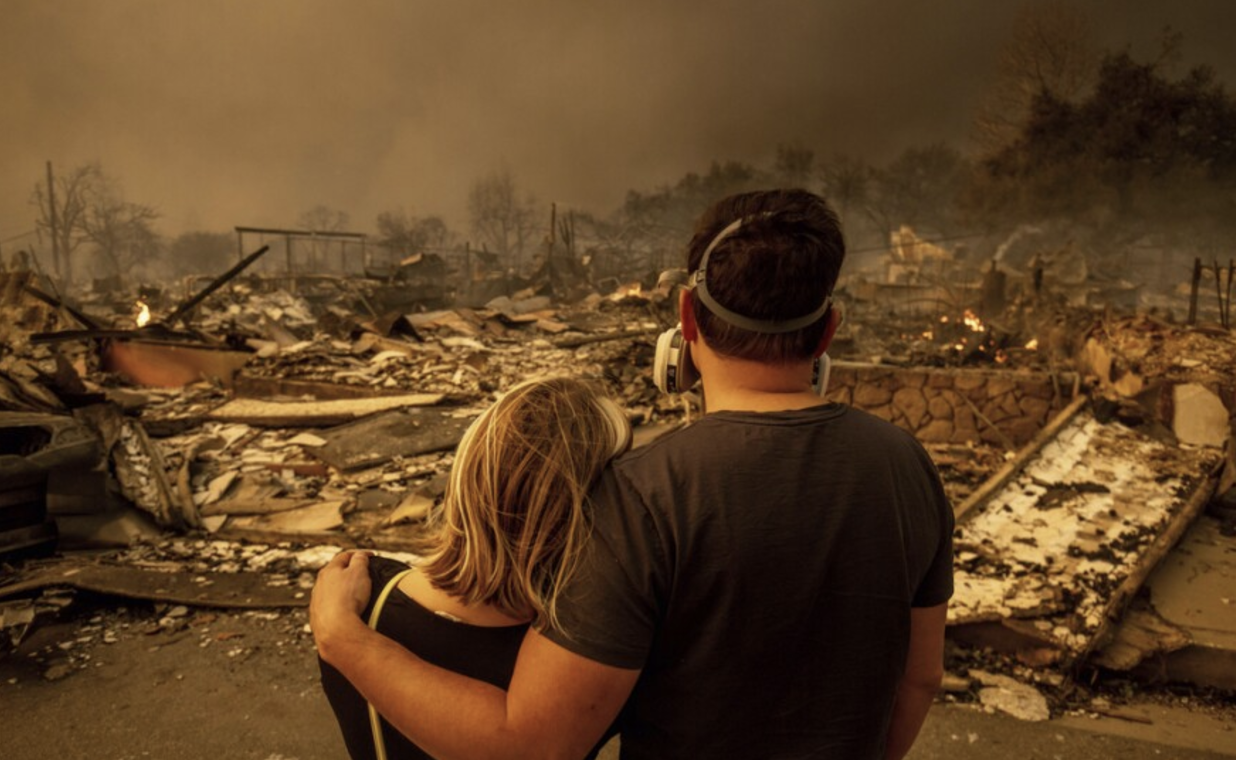When Fame Meets Fundraising: The Dark Side of Celebrity Crowdsourced Compassion

In the wake of devastating wildfires sweeping through Los Angeles, actress Mandy Moore found herself at the center of a social media storm after launching a GoFundMe campaign for her in-laws who lost their home in the disaster. What was likely intended as a compassionate gesture quickly spiraled into a public relations misstep.
Fans and social media users were quick to criticize Moore's fundraising effort, pointing out the stark contrast between her personal wealth and the crowdfunding appeal. One particularly viral comment, which garnered over 1,500 likes, bluntly stated: "You're worth like 14 million– a GoFundMe is insane."
The backlash highlights a growing public sensitivity to celebrity fundraising, especially when the person soliciting donations appears to have the financial means to support their own family. Moore's attempt to help her in-laws inadvertently struck a nerve, revealing the complex dynamics of public perception and celebrity philanthropy.
While the actress's intentions may have been genuine, the online response serves as a stark reminder that high-profile personalities are constantly under scrutiny, with every action subject to immediate and often harsh public judgment.

